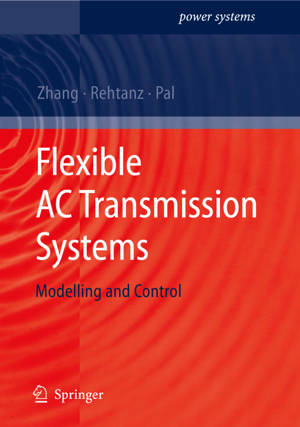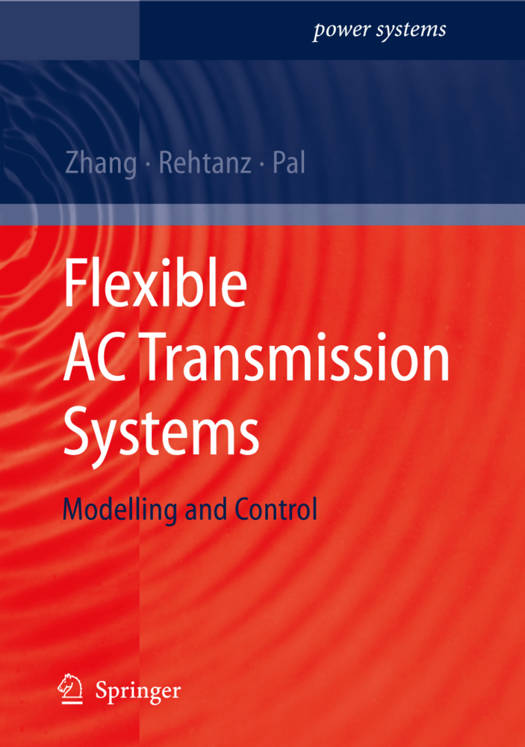
- Retrait gratuit dans votre magasin Club
- 7.000.000 titres dans notre catalogue
- Payer en toute sécurité
- Toujours un magasin près de chez vous
- Retrait gratuit dans votre magasin Club
- 7.000.0000 titres dans notre catalogue
- Payer en toute sécurité
- Toujours un magasin près de chez vous
Flexible AC Transmission Systems: Modelling and Control
Xiao-Ping Zhang, Christian Rehtanz, Bikash Pal
185,45 €
+ 370 points
Format
Description
The electric power industry is undergoing the most profound technical, economic and organisational changes since its inception some one hundred years ago. This paradigm change is the result of the liberalisation process, stipulated by politics andfollowedupbyindustry. Formanyyearstheelectricpowerindustrywasch- acterized by a vertically integrated structure, consisting of power generation, transmission/distributionandtrading. Theliberalisationprocesshasresultedinthe unbundlingofthisorganizationalstructure. Nowgenerationandtradingareorg- ised in separate business entities, subject to competition, while the transm- sion/distribution business remains a natural monopoly. Since the trading of el- tric energy happens on two levels, the physical level and the contractual level, it has to be recognized that these two levels are completely different. However for understanding the electricity market as a network based industry both levels have to be considered and understood. The fundamental properties of electric energy areasfollows: - Electricityalwaysneedsanetworkfortransportationanddistribution. - Electricitycannot be storedin asubstantialamount, hence production andc- sumptionhavetobematchedateachinstantoftime. - The physical transport of electricity has nothing to do with the contracts for tradingwithelectricity The role of the electric network is of prime importance within the electric energy business. Its operation is governed by physical laws. The electric network has a fixed structure consisting of different voltage levels; the higher levels are for transmission purposeswhereasthe lower levelsareused for the distributiontasks. Eachnetworkelementhasafinitecapacity, limitingtheamountofelectricitytobe transported or distributed. As a consequence of the liberalisation process the - eration of the networks has beenpushedcloser towardsitstechnicallimits. Hence thestressonthesystemisconsiderablybiggerthaninthepast. Theefficientuseof all network elements is of prime interest to the network operator because the cost constraints have also become much tighter than in the past.
Spécifications
Parties prenantes
- Auteur(s) :
- Editeur:
Contenu
- Nombre de pages :
- 383
- Langue:
- Anglais
- Collection :
Caractéristiques
- EAN:
- 9783642067860
- Date de parution :
- 22-11-10
- Format:
- Livre broché
- Format numérique:
- Trade paperback (VS)
- Dimensions :
- 178 mm x 254 mm
- Poids :
- 698 g

Les avis
Nous publions uniquement les avis qui respectent les conditions requises. Consultez nos conditions pour les avis.






